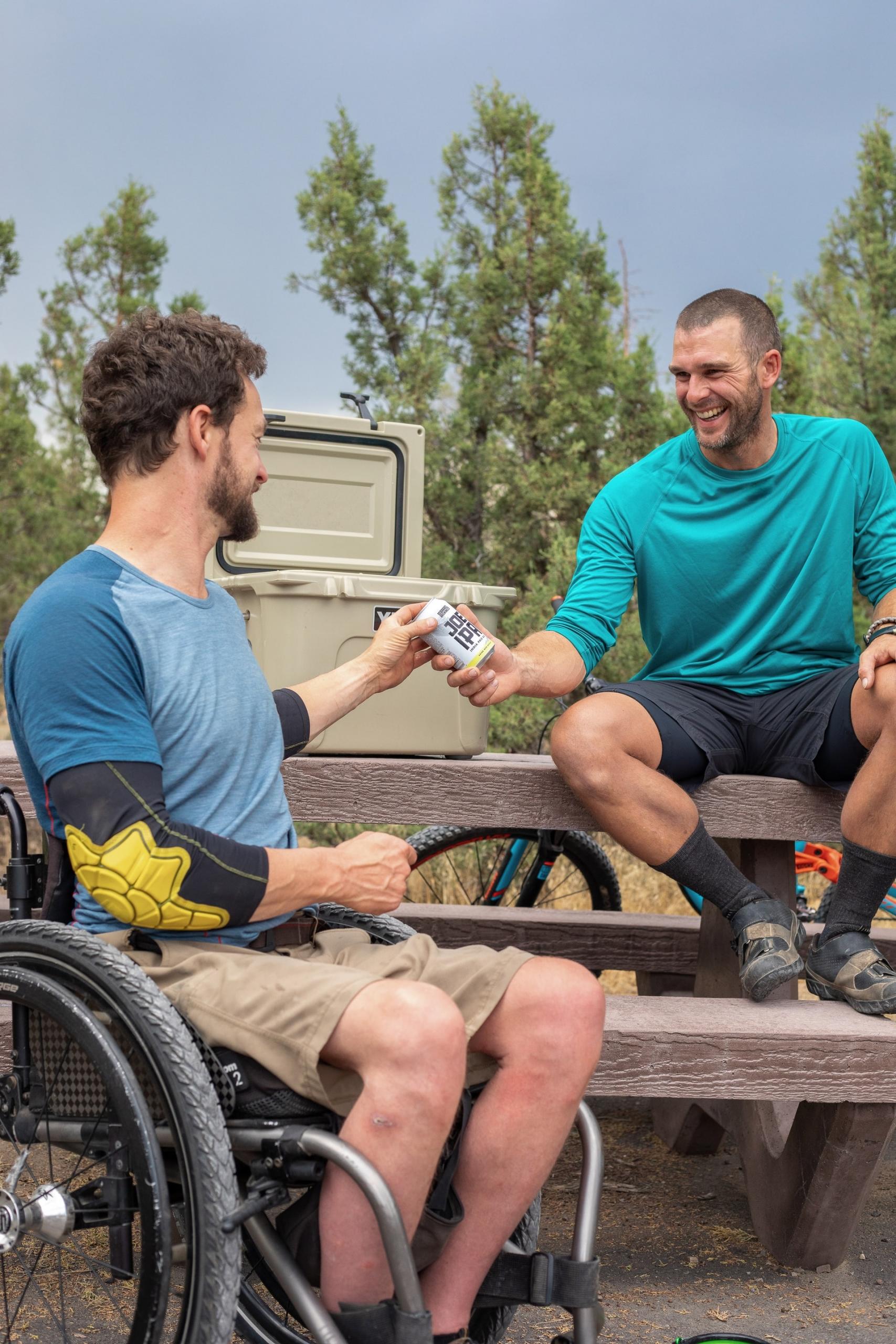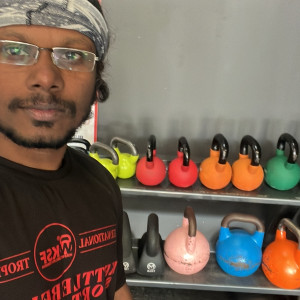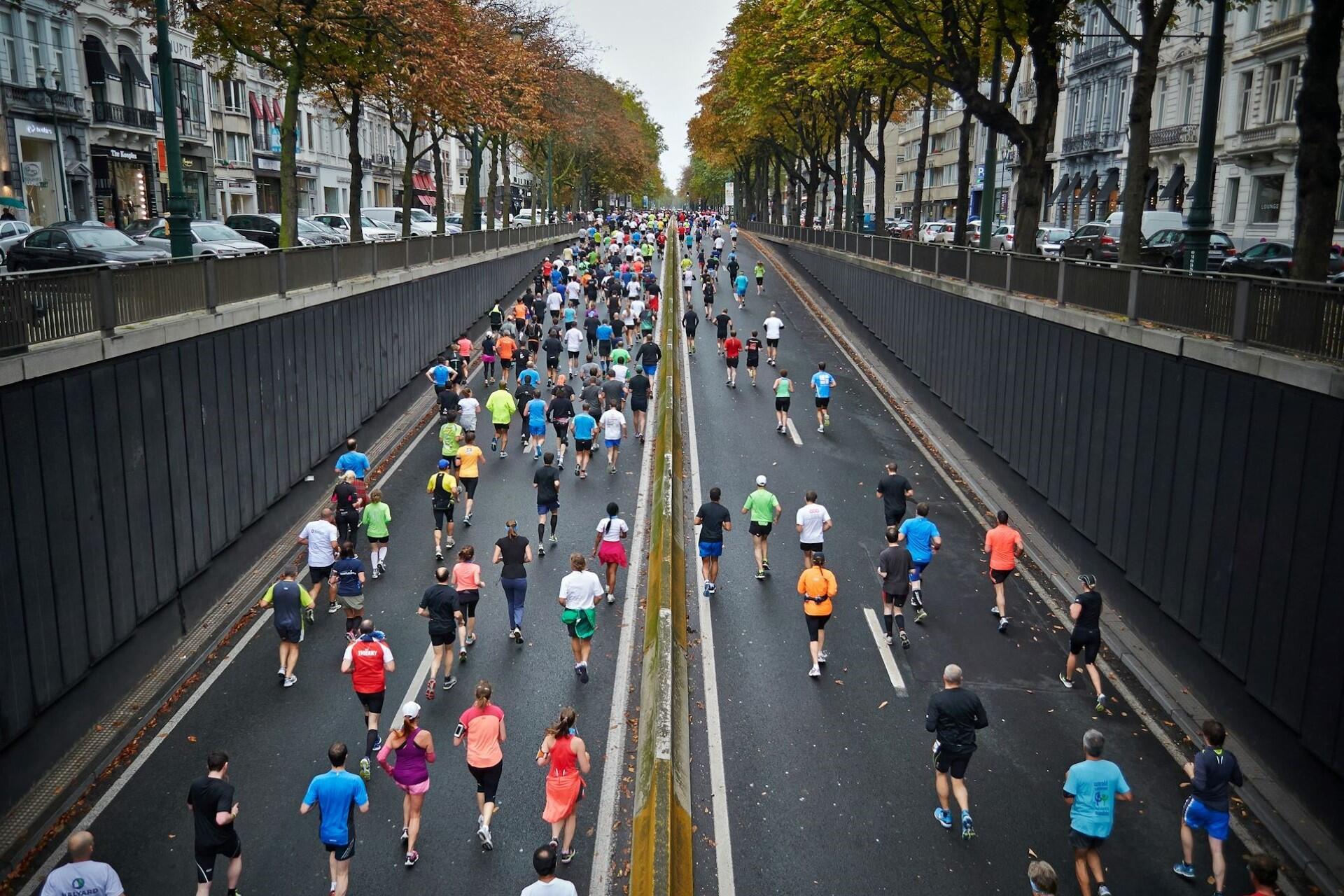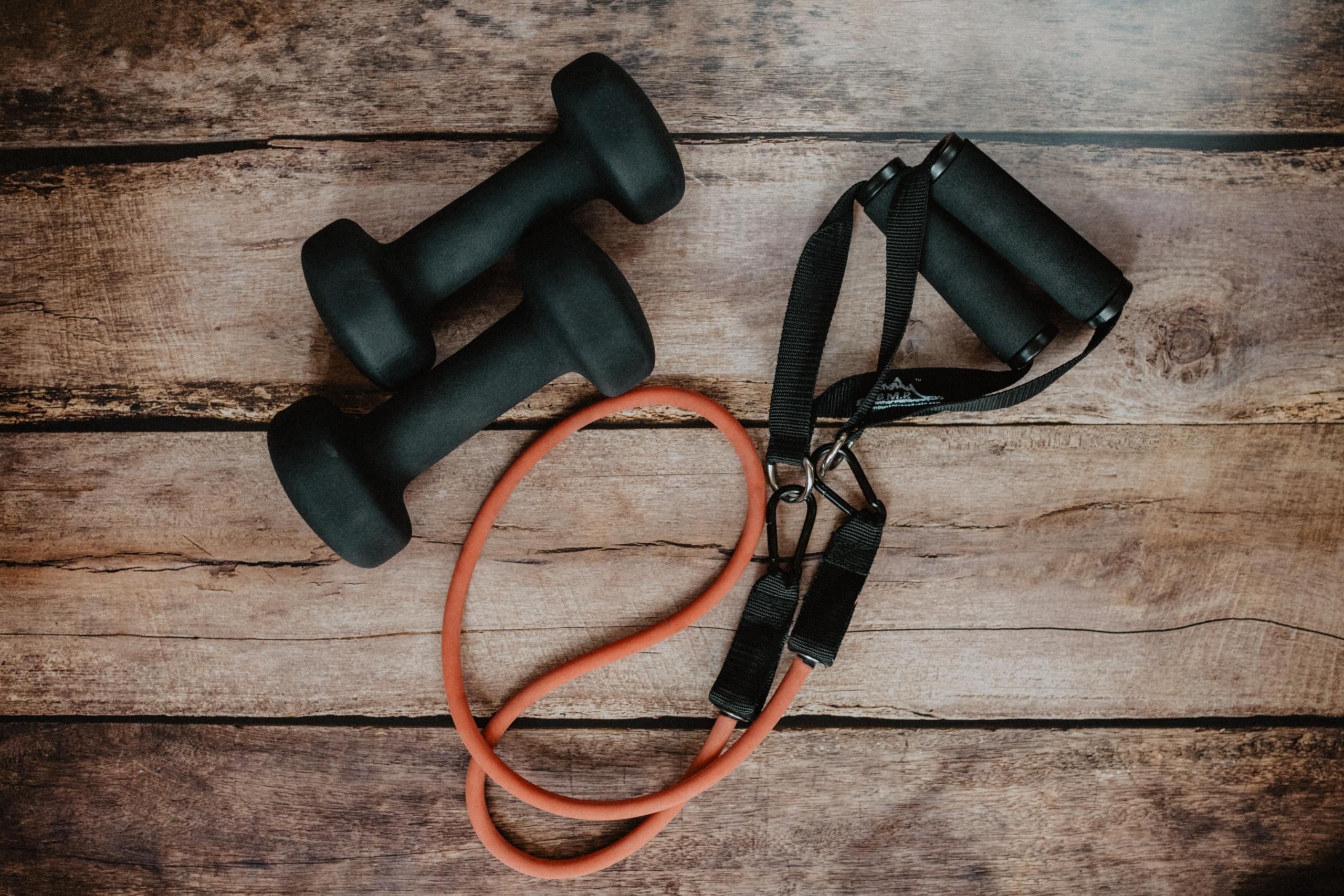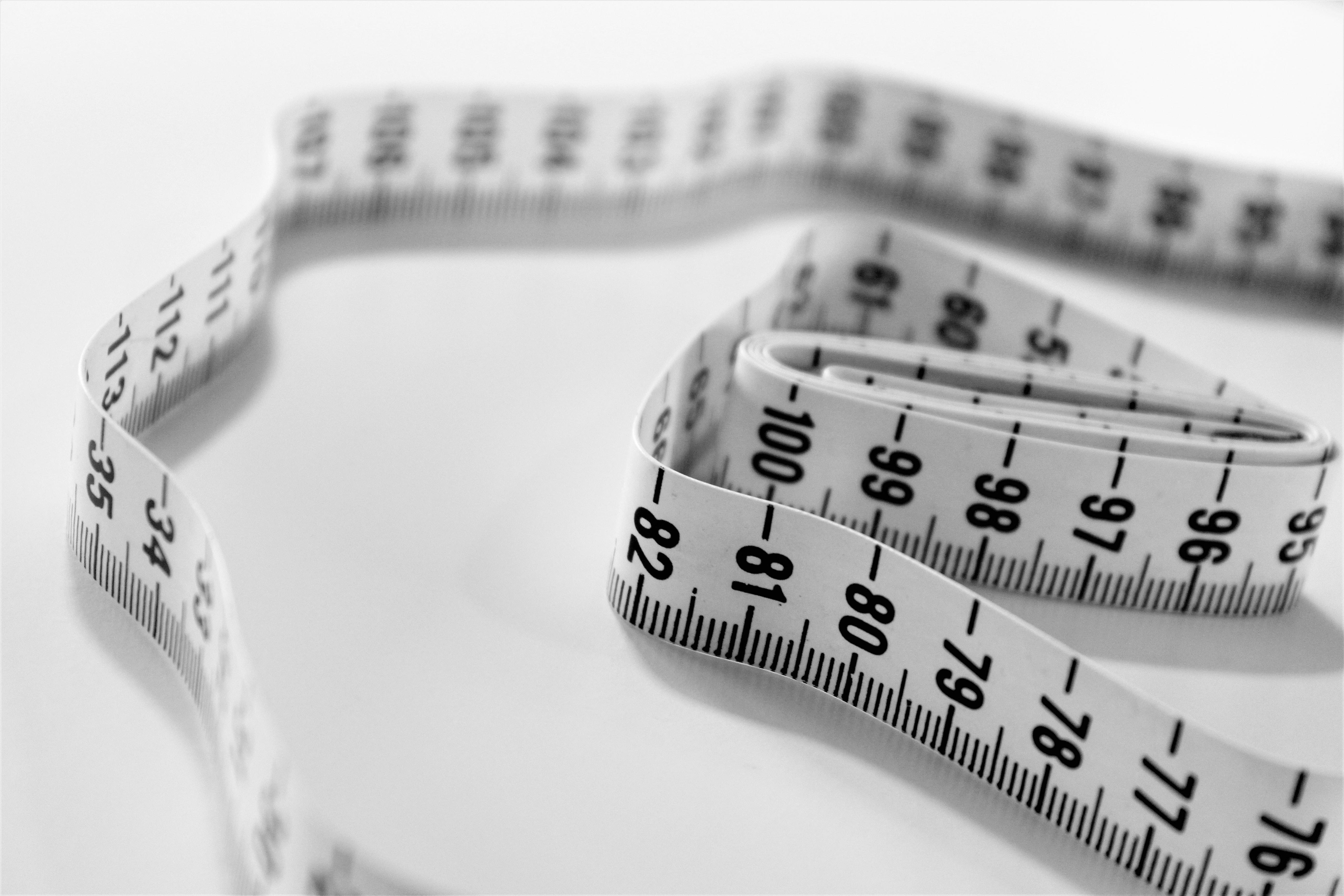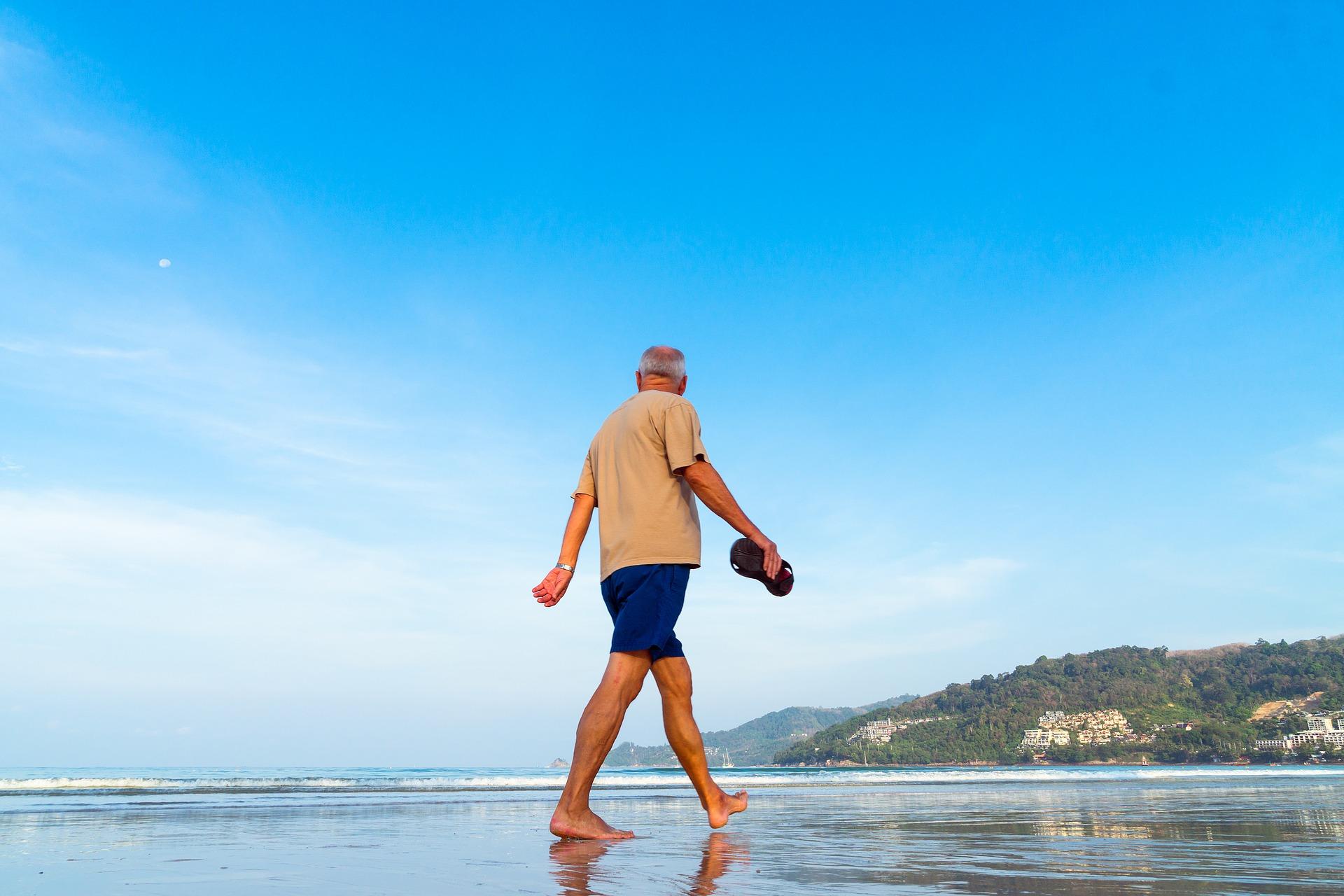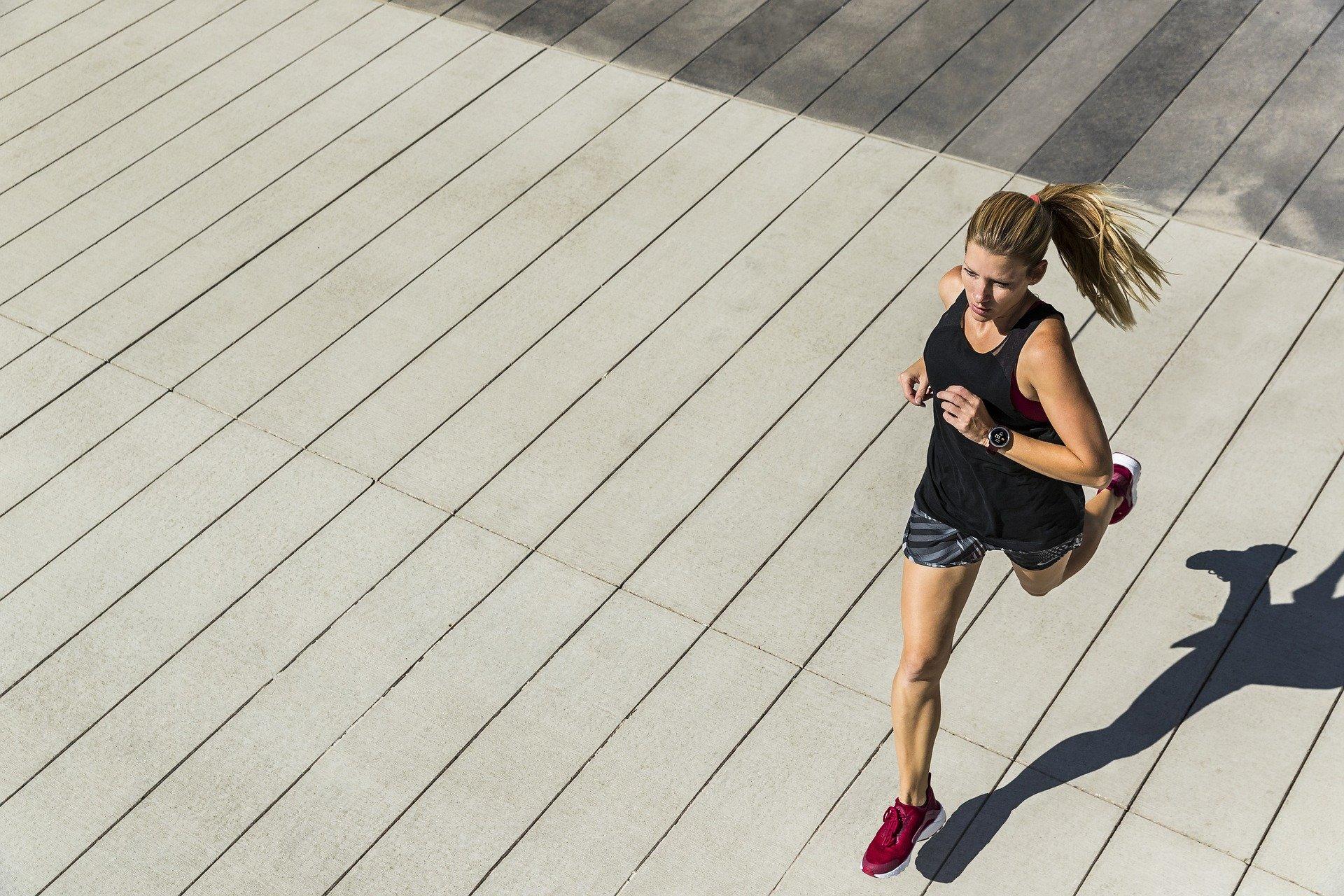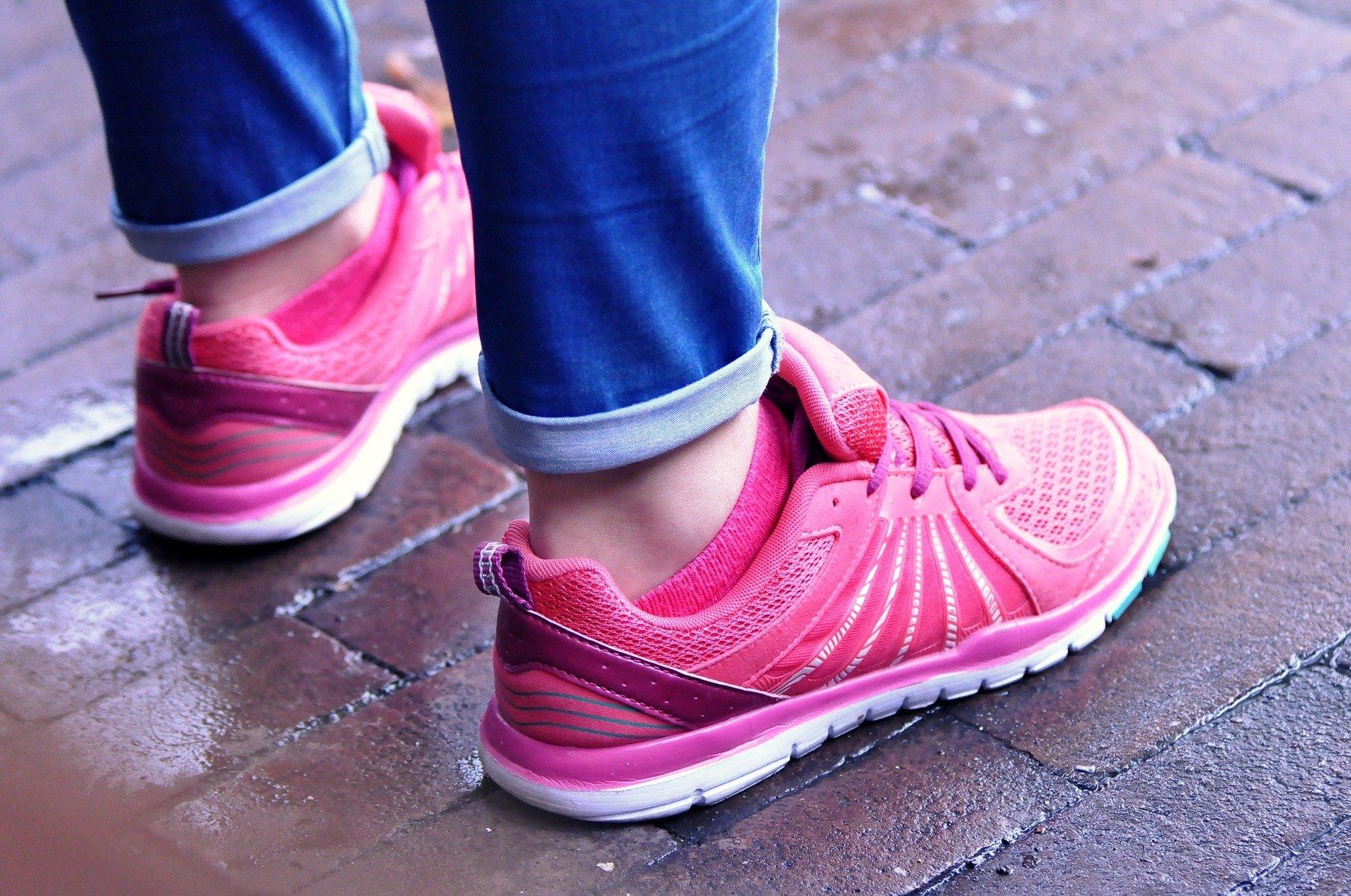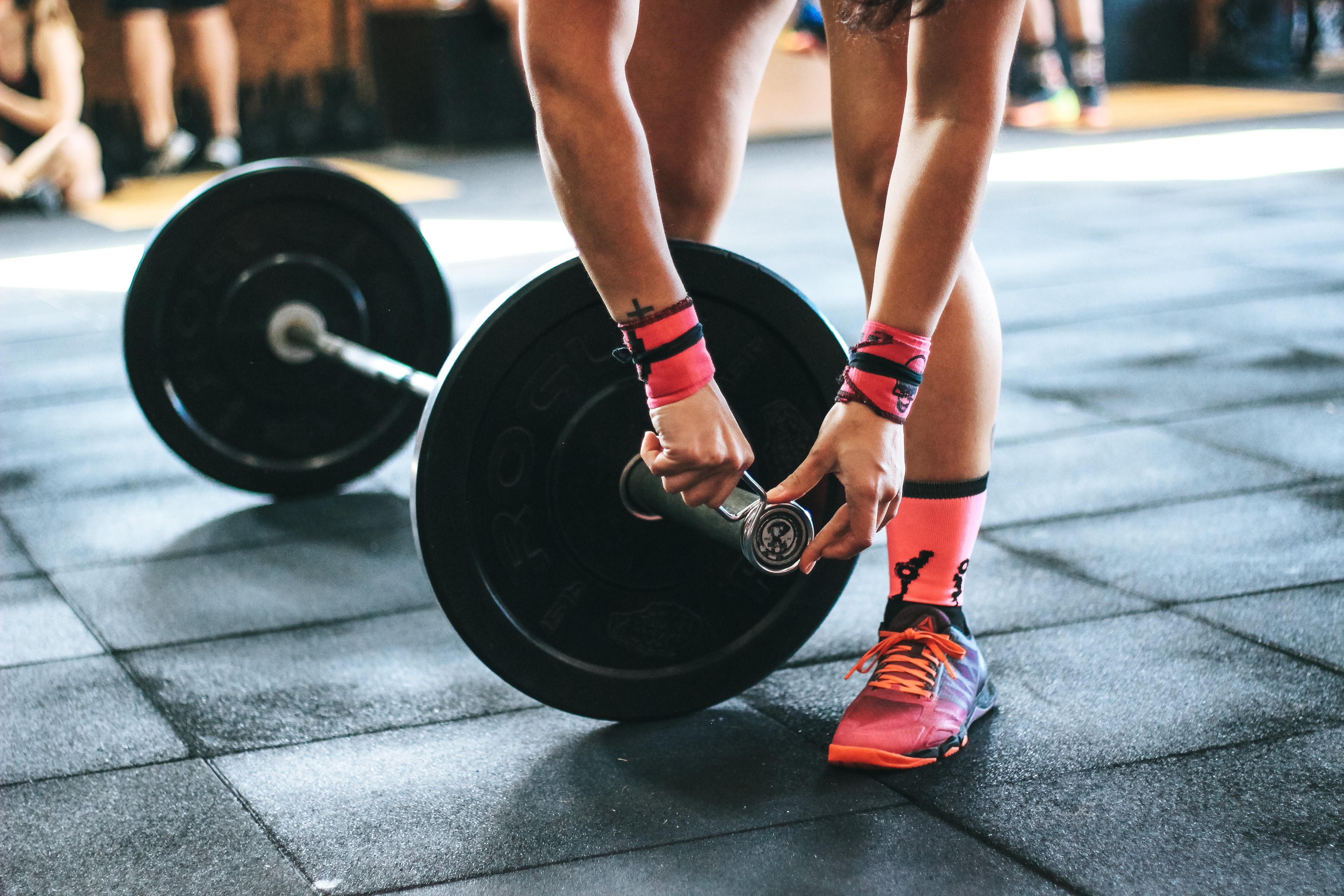When you exercise, your body releases endorphins that energize your mood, relieve stress, boost your self-esteem, and trigger an overall sense of well-being. And yes, exercising with a physical disability can be difficult depending on your level of mobility. However, difficult does not mean IMPOSSIBLE! In fact, as one of the most iconic women to ever live reminds us:
“Nothing is impossible, the word itself says I'm possible”
-Audrey Hepburn

What is the Most Common Exercise in The World?

According to most websites and surveys, most people can engage in an active lifestyle through walking.
Believe it or not, this includes people with disabilities who are able to walk or move with the use of assistive devices, such as prosthetics, walking aids or manual (hand-pushed) wheelchairs.
In fact, walking is the most common form of physical activity reported among active adults with or without a mobility disability. Why? Walking is just as good as any other form of exercise! Except, unlike a gym workout or cycling a bicycle, walking is suitable for most people even those with moderate disabilities can take part!
Sometimes overlooked as a form of exercise, walking can help you build stamina, burn excess calories and make your heart healthier. You do not have to walk for hours. A short 10-minute daily walk has many health benefits and counts towards your recommended 150 minutes of weekly exercise.
So if you can, why not start today?
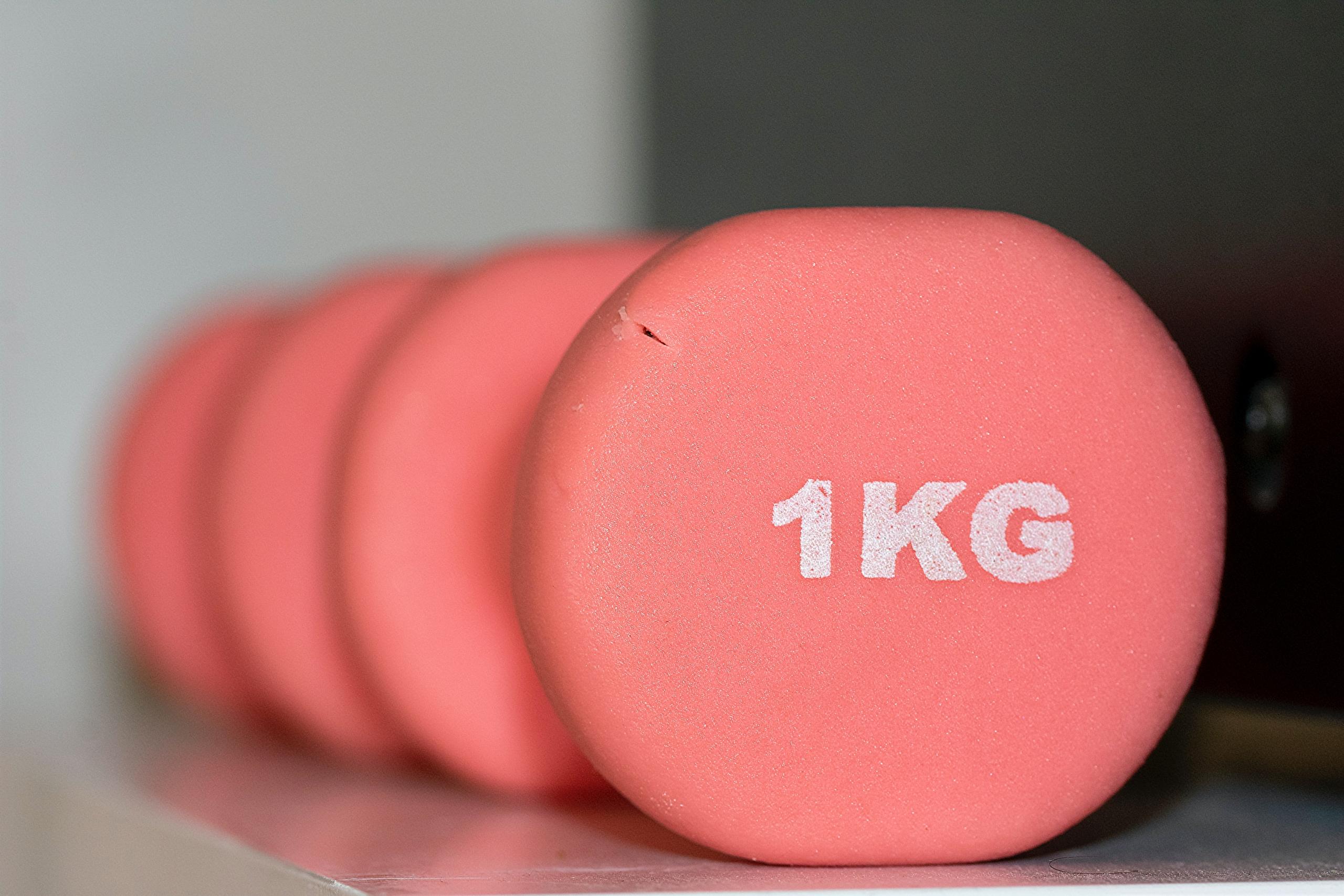
Lifting Weights | Building Back and Arm Strength
Generally, wheelchair users should focus on resistance (strength training) exercises to improve (maintain) their upper body strength and help reduce their chances of injury.
However, it's also important not to lift anything too heavy or to work against any physical discomfort you may have.
For example:
- Some people will be doing this exercise to maintain their abilities not gain as they may have a degenerative disability such as Multiple Sclerosis, Spinal Muscular Atrophy, Muscular Dystrophy ETC...
- Some people may have bones that have set in a way that means they can not lift a weight in their hand or could have Phocomelia or be an Amputee, therefore they would benefit from wrist weights rather than standard dumbells.
- Some people may find weights too heavy at the start, an idea here is to fill water bottles with rice gradually. This way they can build the weight up over time as is tolerable.
Start slow and gradually increase your activity level. Start with an activity you enjoy, go at your own pace, and keep your goals manageable. Accomplishing even the smallest fitness goals will help you gain body confidence and keep you motivated.
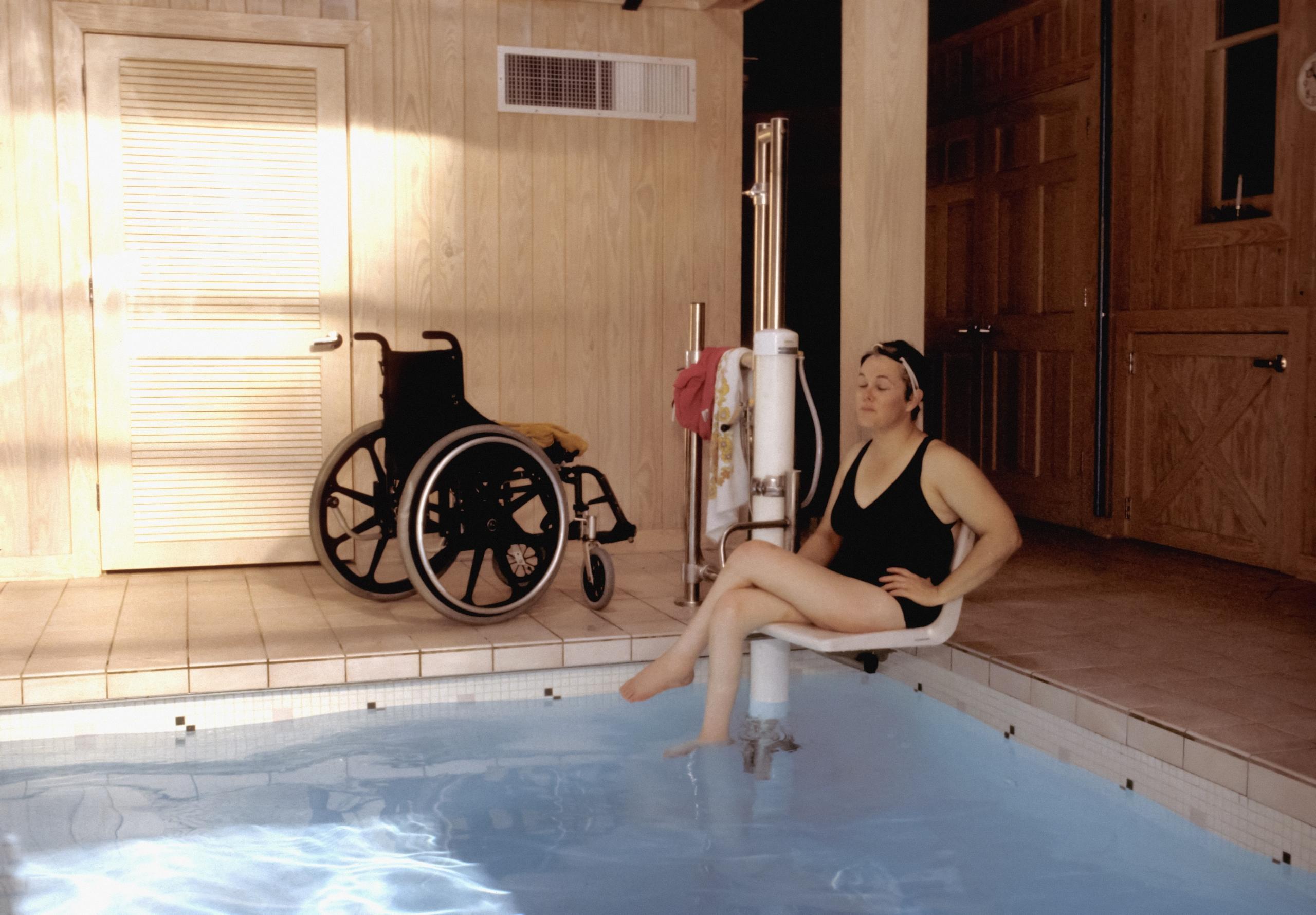
The Benefits of Swimming for People with Disabilities
If you're looking to build strength, improve your mental health, and work on your sense of independence, then swimming might be the activity for you...
So let us take a look at some of the many benefits of swimming!
Swimming Alleviates Pressure on Joints and Muscles
Being in the water is basically like being weightless.
I remember when I was about 11 years old, I took swimming classes, as a wheelchair user I had never stood up without a great deal of pain and effort before. However, the moment I g0t into the swimming pool that all changed! The water easily supports your body and greatly reduces the effects of gravity, I could move with such ease in the water it was so exciting.
By even just allowing yourself to float in the water you alleviate pain and stress on your joints and even your muscles. This allows you to stretch and strengthen parts of the body that don't often experience a full range of motion. But... you'll be surprised when you're able to do things like stand up for the first time.
Swimming Builds / Maintains Muscle Strength
For people with disabilities like spina bifida or muscular dystrophy, aerobic activity is especially difficult. This is because their muscles are rigid and/or loose.
Being in the water makes those muscles easier to move and moving your muscles allows you to build strength. This is a great option when you're unable to do other types of exercises that work on muscle strength.
Swimming Helps to Improve your Heart Health
Swimming is considered an aerobic activity and aerobic activities strengthen your heart. As your heart becomes larger and stronger, it's better able to pump blood, thereby increasing circulation.
Swimming with a disability allows you to reap these cardiovascular benefits without putting stress on the body.
Swimming Can Really Improve Social Skills and Wellbeing
One of the greatest benefits of swimming is the social aspect. By learning to swim and regularly getting into your local swimming pool, you're sure to meet other people with similar hobbies and interests. Many people who enjoy the same exercises sometimes meet up at other events, this gives you the chance to connect with other, like-minded people and expand your social circle.
You might even decide to take up swimming more competitively. That gives you the opportunity to be part of a team, with which you can build strong bonds.
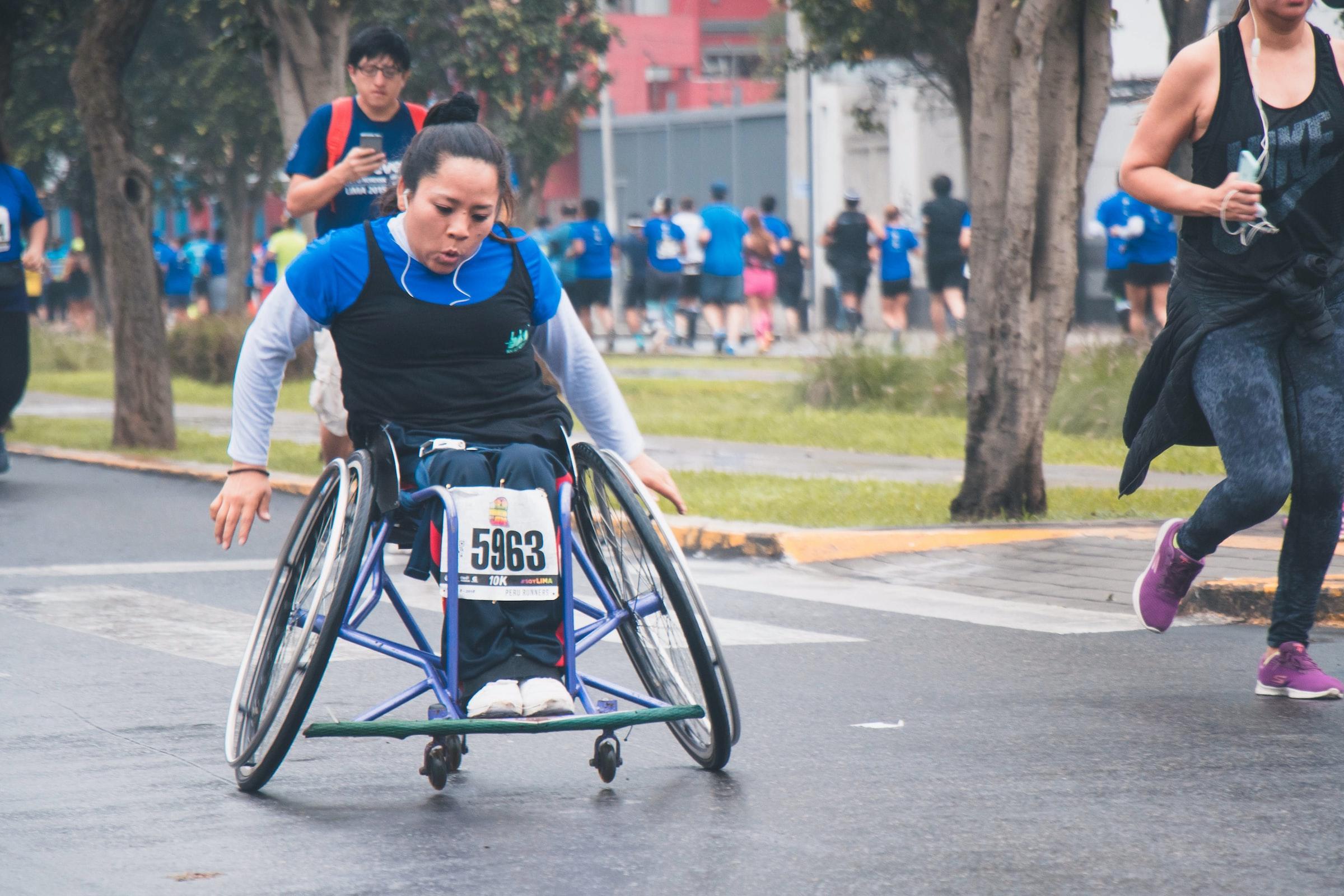
Taking Care of Yourself While Exercising
As important as exercising is, there are some times you really shouldn't and some things you should do to make sure you don't get hurt while exercising.
Below are just a few guidelines to follow to make sure you stay safe and healthy:
- Stop exercising if you experience
- Pain,
- Discomfort,
- Nausea,
- Dizziness or lightheadedness,
- Chest pain,
- Irregular heartbeat,
- Shortness of breath, or clammy hands.
- Listening to your body is the best way to avoid injury. If you continually experience pain after 15 minutes of exercise, for example, limit your workouts to 5 or 10 minutes and instead exercise more frequently.
- Avoid activity involving an injured body part. If you have an upper-body injury, exercise your lower body while the injury heals, and vice versa. When exercising after an injury has healed, start back slowly, using lighter weights and less resistance.
- Warm up, stretch, and cool down. Warm up with a few minutes of light activity such as walking, arm swinging, and shoulder rolls, followed by some light stretching (avoid deep stretches when your muscles are cold). After your exercise routine, whether it's cardiovascular, strength training, or flexibility exercise, cool down with a few more minutes of light activity and deeper stretching.
- Drink plenty of water. Your body performs best when it's properly hydrated.
I hope some of this helps you feel like you can still keep active no matter your level of mobility.

